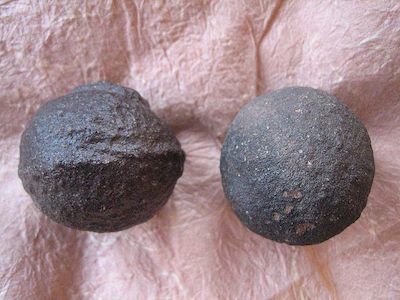Marbles in the Bag
 You have three bags, each containing two marbles. Bag A contains two white marbles, Bag B contains two black marbles, and Bag C contains one white marble and one black marble.
You have three bags, each containing two marbles. Bag A contains two white marbles, Bag B contains two black marbles, and Bag C contains one white marble and one black marble.
You pick a random bag and take out one marble.
It is a white marble.
What is the probability that the remaining marble from the same bag is also white?
Probability is , answer as
Image credit: Wikipedia Adrian Michael
The answer is 5.
This section requires Javascript.
You are seeing this because something didn't load right. We suggest you, (a) try
refreshing the page, (b) enabling javascript if it is disabled on your browser and,
finally, (c)
loading the
non-javascript version of this page
. We're sorry about the hassle.
3 2
We know that we do not have Bag B (two black marbles) so there are three possibilities
You chose Bag A, first white marble. The other marble will be white You chose Bag A, second white marble. The other marble will be white You chose Bag C, the white marble. The other marble will be black
So 2 out of 3 possibilities are white.